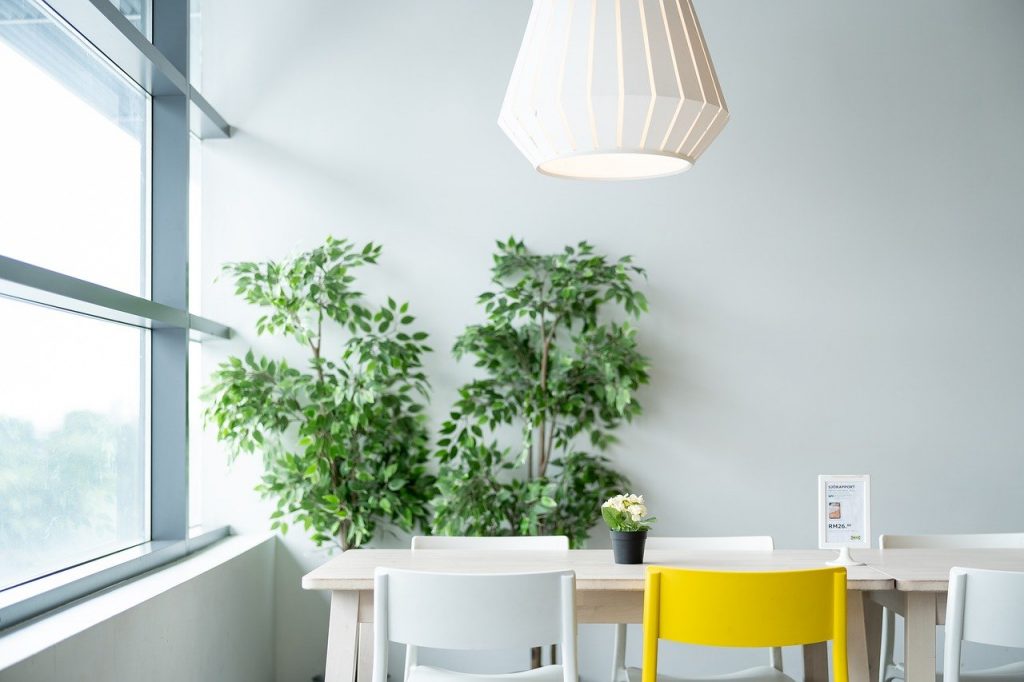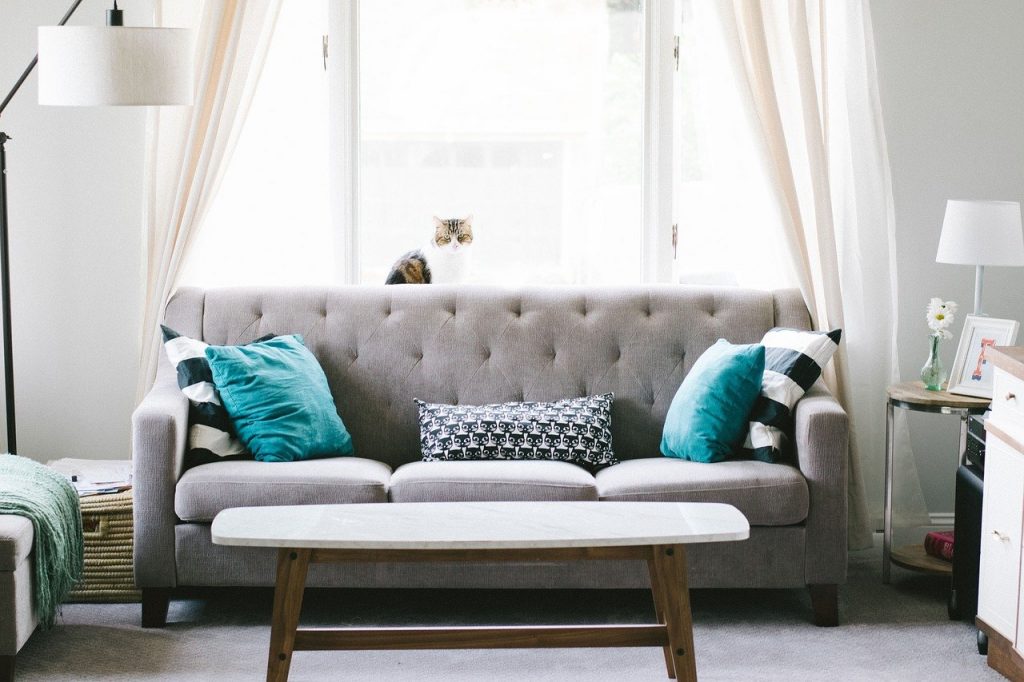Sponsored article
If the size and proportion of existing pieces work well in your home, and you still love your furniture, a little updating with accessories and art can give you a new, transformed interior. Additionally, use a game of lights and mirrors to create illusions – to make a room bigger or smaller or to accentuate particular elements. Take a look at Pinterest for artistic inspiration and creative ways to arrange things.
Take measurements of your room and transfer everything to a piece of paper. Then, add the cut-out shapes of your furniture to find its ideal place in the room, keeping in mind what purpose the room is used for and how all the traffic will take place in it. This is because we will design the bedroom differently and the living room, which is the most important point in the house right next to the kitchen.
Identify the source of the best natural lighting in your room, from doors or windows, to decide where to place additional artificial lighting.

It’s always a good idea to choose items, furniture, and even floor coverings around which you want to plan your entire interior design. The items you choose should fit perfectly with the style you have chosen.
Next, decide what colors you want to use in the room. Generally, it is better to limit yourself to three colors and then experiment by using variations of them and adjusting them.
Gather a mosaic of materials in the color scheme of your choice to design the interior according to your preferences. Remember to consider furniture, curtains, such as linen curtains, walls, floors and carpets, and doors to create a harmonious finish (you can also follow an eclectic approach or choose the currently fashionable minimalism). Think about the smallest elements. Even canned hinge caps can have an impact on the overall perception of an interior, e.g. by guests.
Whether you choose paint or wallpaper, your walls are bound to be the main source of color in the room, unless you leave them in neutral tones to highlight colors used elsewhere. If you want to make your room seem larger, choose bright or clear colors and contrast the walls with a white ceiling.
Using samples, choose the material you want to cover the floor with. Try to choose a floor color that contrasts slightly with the walls – for example, two tones lighter or darker. Also think about how natural light will reflect off the floor; lacquered or matte finishes will give a very different effect. Flooring can also help to add depth to a room, for example by using extra-long planks.
Once you have created the overall look of the room, arrange the furniture. Don’t hesitate to try different combinations to see what works best. Add the finishing touches with decorative items without cluttering the space and keeping the colors balanced.

Lighting plays a very important role in a room, shaping the space in the evenings and giving it a unique atmosphere. When installing lighting, experiment by placing lights around the room. Since pendant lights tend to visually narrow a room, recessed ceiling lights that provide a softer and more directional light are a good option.
By experimenting and looking at things from different perspectives, you will find out what works best for you. The web is also a great visual resource with professional photographers and interior designers: look around and get inspired.